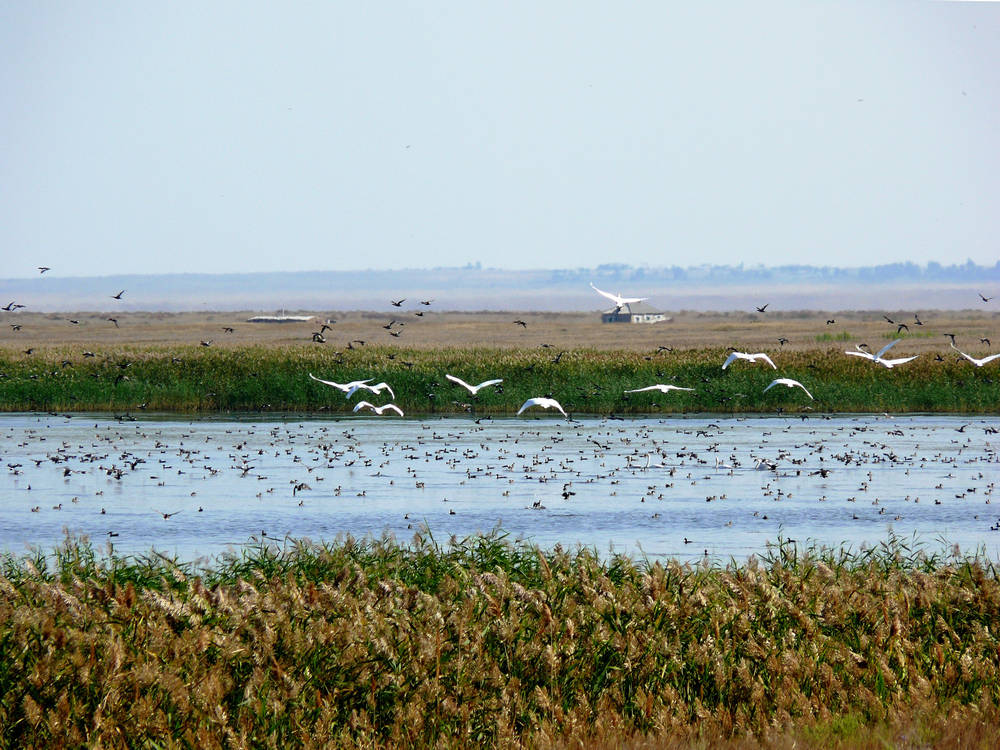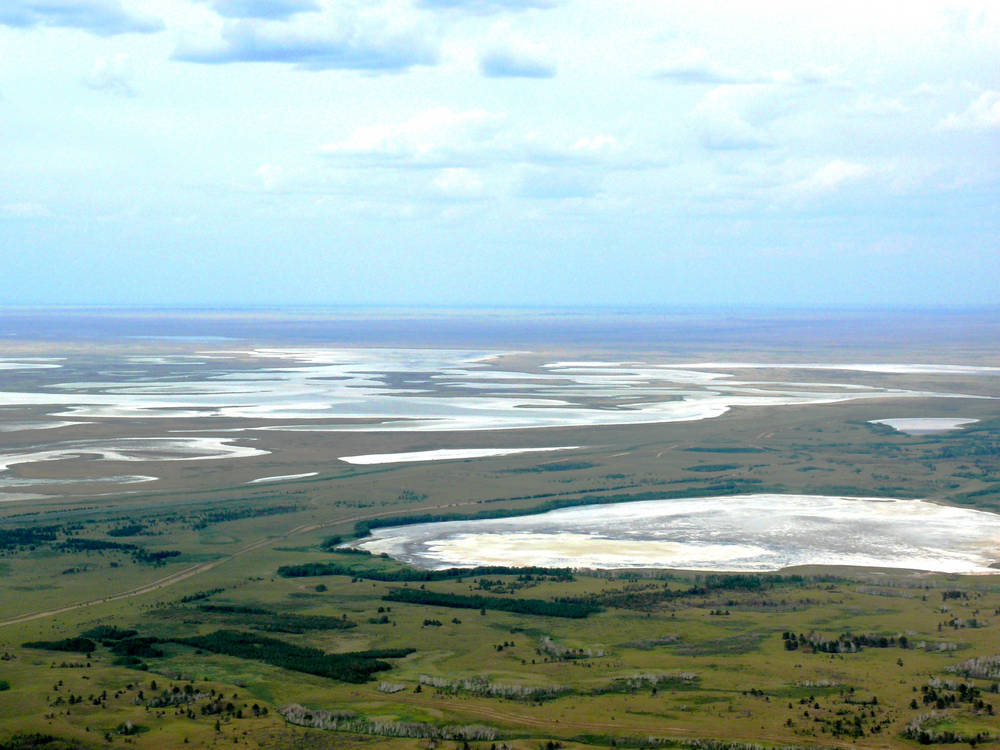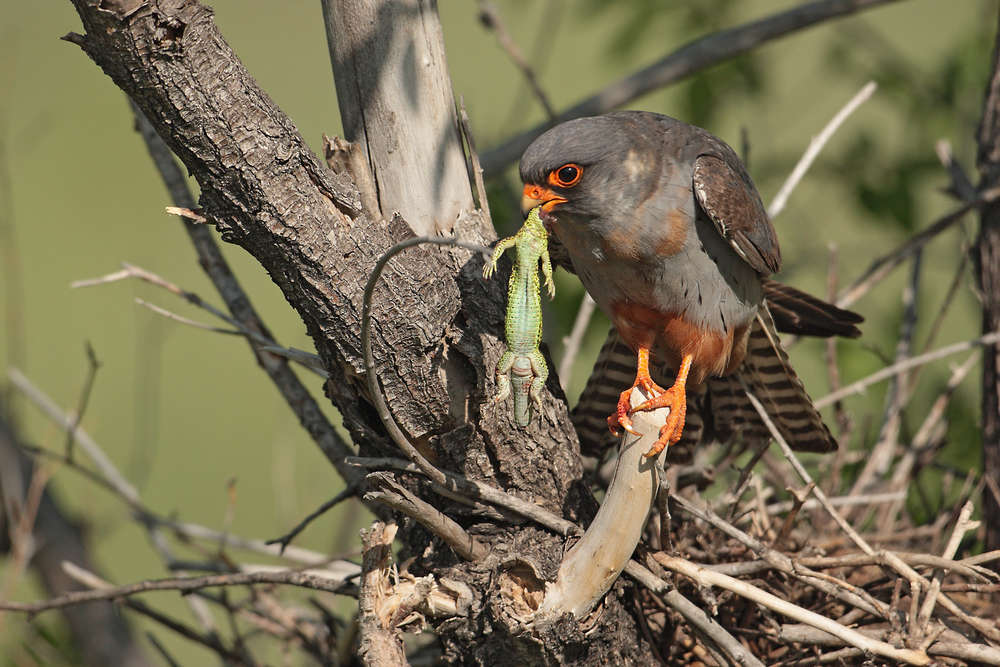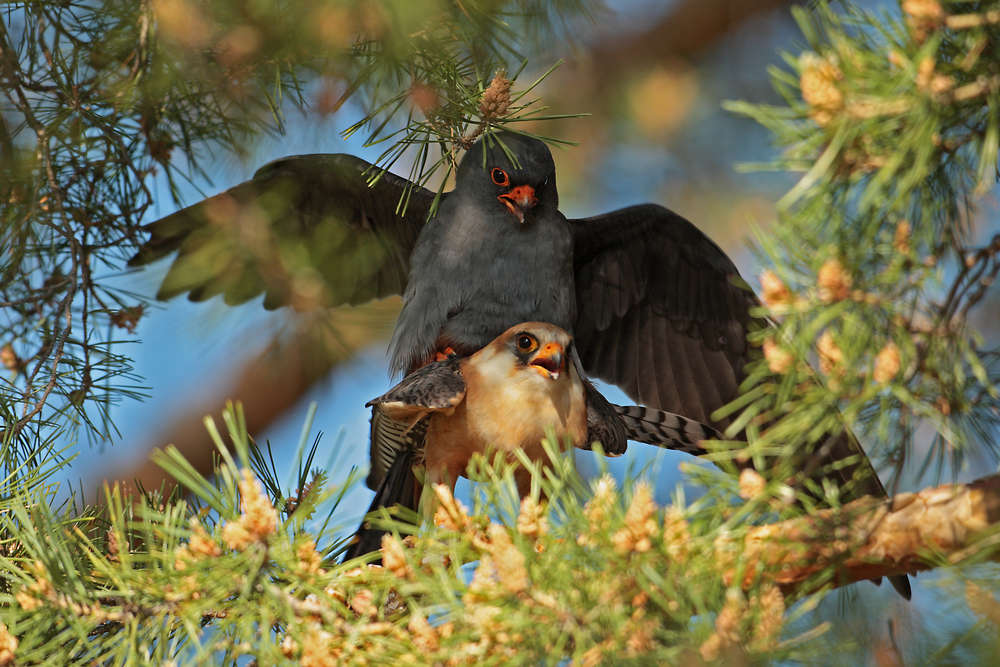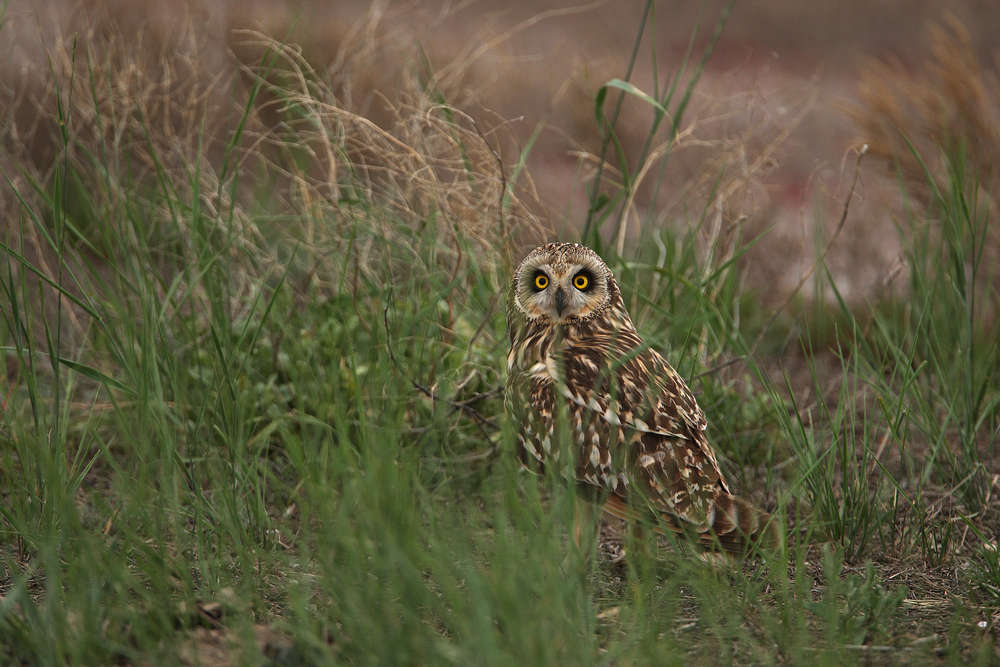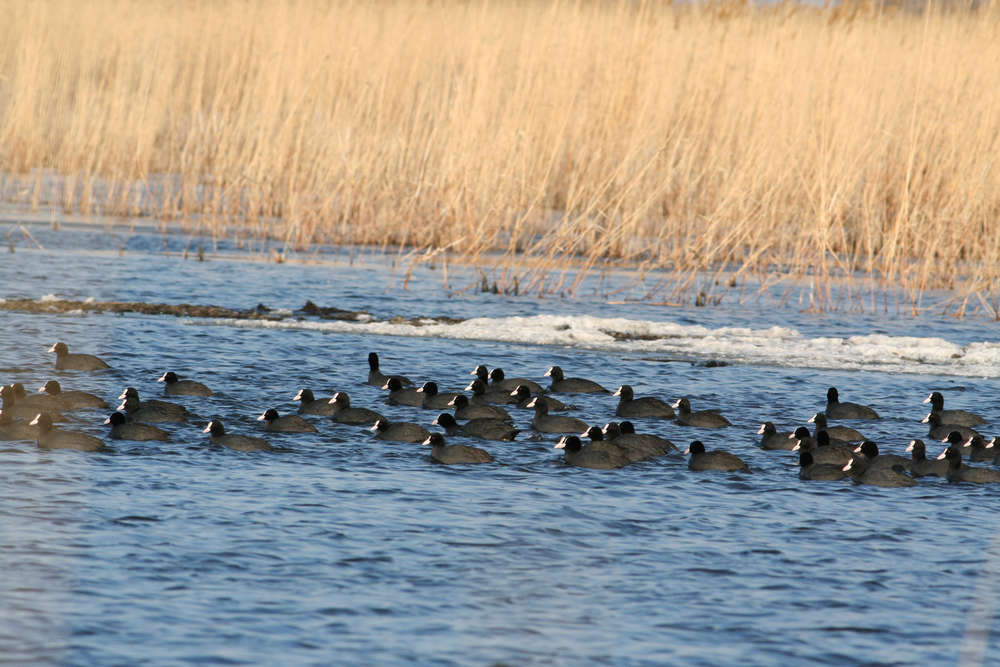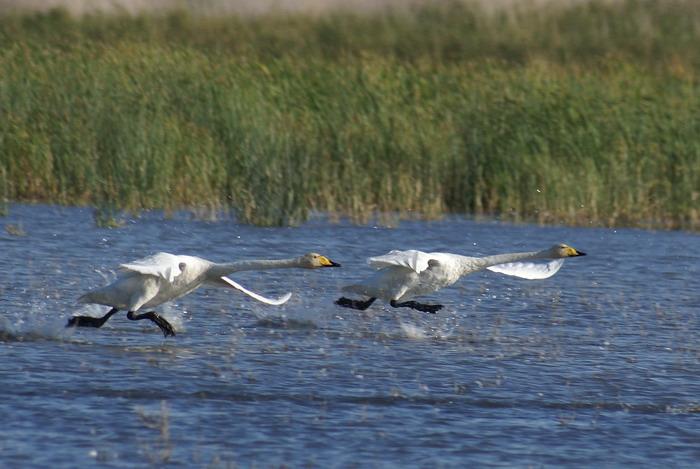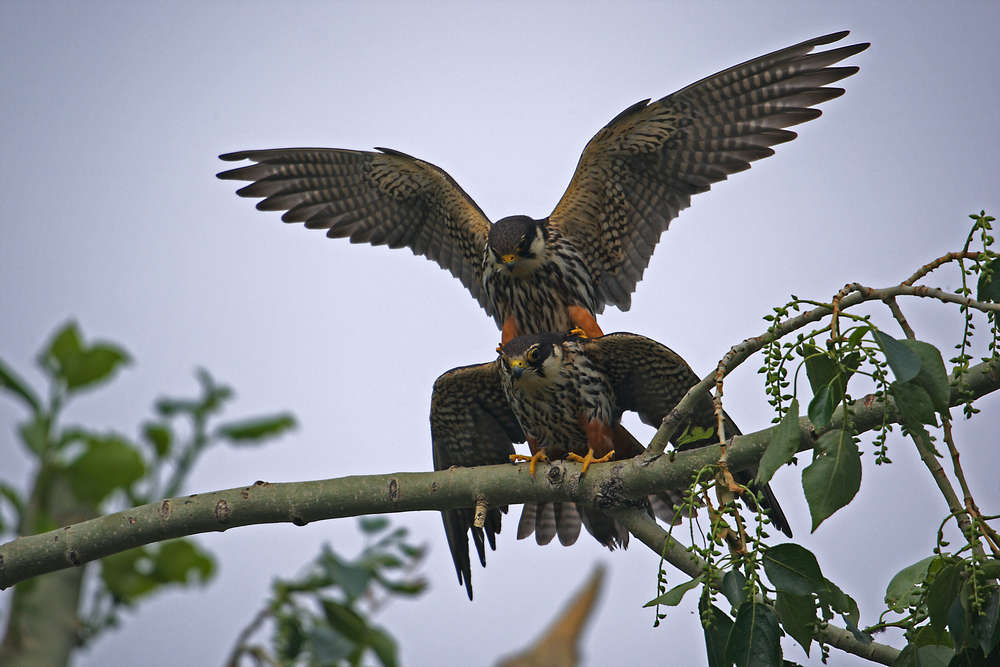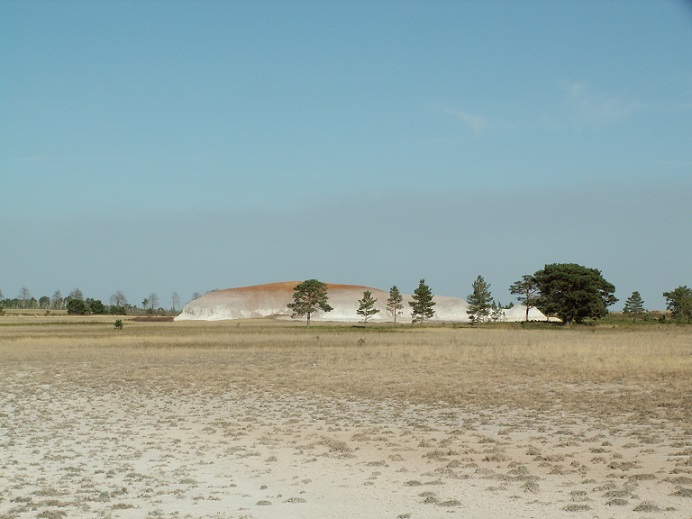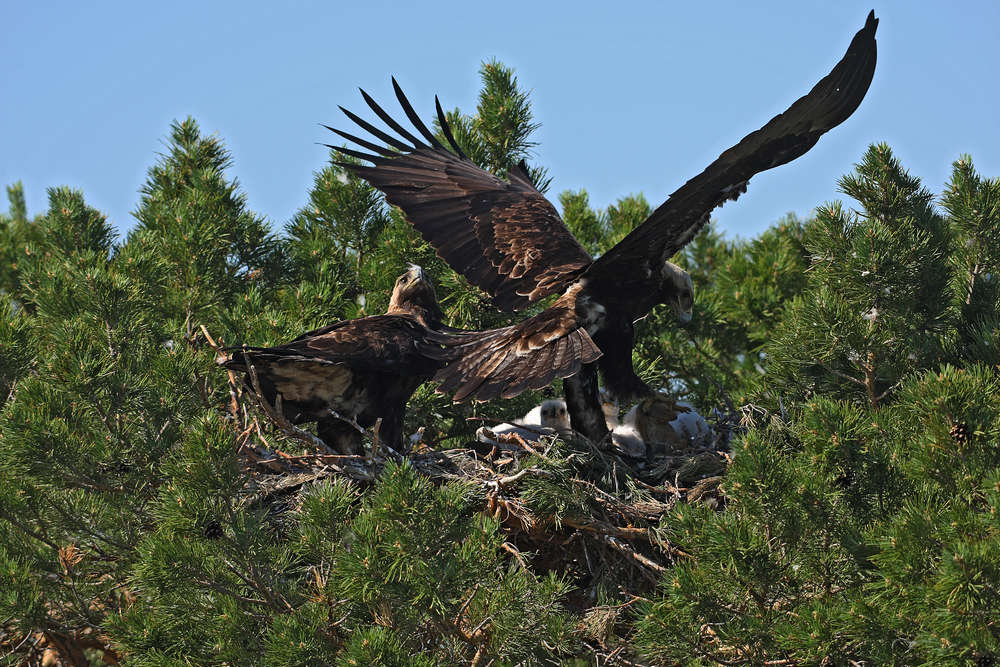Naurzum State Nature Reserve
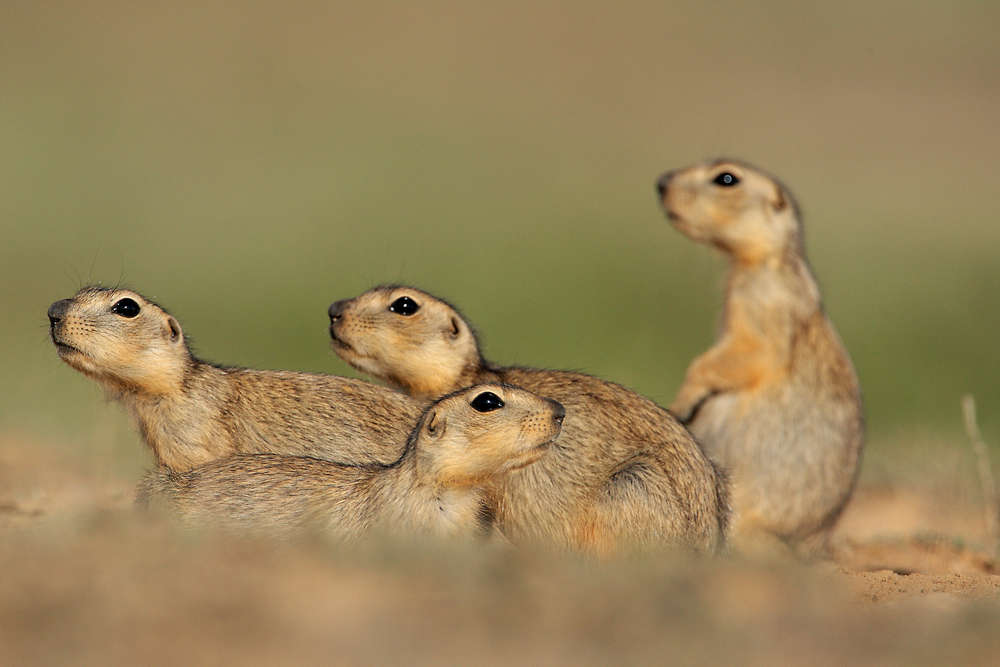
The Naurzum State Nature Reserve was organized on June 30, 1931. The main purpose of the creation of the reserve is to preserve rare, unique natural complexes, wildlife and flora of the reserve in a natural state.
General information, climate and rivers of the Naurzum State Nature Reserve.
In terms of geography, the Naurzum Nature Reserve is divided into three sections: Naurzum (139,714 ha), Tersek (12,947 ha) and Sypsyn (38,720 ha). The land plots are located at a distance of 9-14 km from each other. Naurzum is a flat table-stepped place, which consists of several geomorphological levels (120-125 m above sea level).
Protected areas are characterized by the presence of a extremely continental climate. It is characterized by high amplitudes of summer and winter temperatures. The average air temperature for the year reaches 2.4°C, and the average period without frost is 131 days a year. In winter, there is little cloud cover and severe frosts. The soil thaws completely only by the end of April. In general, this area is characterized by sharp changes in the amount of seasonal and annual precipitation.
The Naurzum Nature Reserve is located on a latitudinal watershed in the middle of basins of the Turgai and Tobol Rivers. Temporary watercourses that have seasonal runoff and latitudinal direction are the main representatives of the river network. Major rivers in the eastern direction: Naurzum-Karasu and Dana-Bike. Another river - Ulken-Karaelga, flows from the southwest.
Flora of the Naurzum State Nature Reserve
In total, 687 species of higher plants are found in the reserve. The pine forests of Naurzum are relict. Five species are endemic (astralagus, Kustanai astralagus, Betula kirghisorum) and the same number of species of relict ones (feather grass, white water lily, jiji grass, Schober’s lotus tree).
The marsh-forest flora includes dioecious nettle and wild hop, as well as boreal species rare in these parts: distemonous sedge, wide-world parnassia, Eriophorum gracile. Pliocene species are represented by bag willow, gray-leaved willow, comarum, spiked loosestrife.
Two species are characteristic of the southern forests – Clematis baltistanica, oxycarpous oleaster. In the south of the range, the following species can be found: juniper, matteuccia struthiopteris, Alpine aster, Altai aster. Rare for this region are green strawberries, Altai hawthorn, meadow timothy, pale-colored flax, perennial flax.
5 species are placed in the Red Book of Kazakhstan: round-leaved sundew, Kyrgyz birch, Schrenk’s tulip, woolly-leaved June grass, Mugodzhar’s jurinea (Jurinea mugodsharica Iljin).
The fauna of the Naurzum State Nature Reserve
The fauna of the Naurzum Reserve is diverse. Avifauna is represented by 282 species. In the zonal steppes, tawny pipit, sky lark white-winged lark, wheatear, black lark are often found. Near lakes and in depressions with meadow plants, the European stonechat, red-backed shrike, and the quail are common.
In the forests you can see a greater sported woodpecker and blackcock as well as tree pipit, oriole, black swift, etc. 28 species of birds of prey are found in the reserve: falcons, eagles, harriers, hawks.
Lakes of Naurzum are places of numerous nesting of wetland and waterfowl: European pochard, bald-coot, garganey, mallard. A total of 44 species of rare birds are found: 36 of them are placed in the Red Book of Kazakhstan, and 23 ‒ in the International.
44 species of mammals have been registered in the Naurzum Reserve, and 42 species are permanent residents. These are roe deer, elk, marmot, wild boar, fox, wolf, ermine, lynx, weasel, badger and others.
Reptiles are also found in the reserve: sand lizard, east steppe viper and amphibian: spade-footed toad, green toad. Fish are represented by 10 species, including lake minnow, crucian and golden carps, northern pike. In recent years, many reservoirs of this area have been inhabited by dace, sazan and peled.
General information, climate and rivers of the Naurzum State Nature Reserve.
In terms of geography, the Naurzum Nature Reserve is divided into three sections: Naurzum (139,714 ha), Tersek (12,947 ha) and Sypsyn (38,720 ha). The land plots are located at a distance of 9-14 km from each other. Naurzum is a flat table-stepped place, which consists of several geomorphological levels (120-125 m above sea level).
Protected areas are characterized by the presence of a extremely continental climate. It is characterized by high amplitudes of summer and winter temperatures. The average air temperature for the year reaches 2.4°C, and the average period without frost is 131 days a year. In winter, there is little cloud cover and severe frosts. The soil thaws completely only by the end of April. In general, this area is characterized by sharp changes in the amount of seasonal and annual precipitation.
The Naurzum Nature Reserve is located on a latitudinal watershed in the middle of basins of the Turgai and Tobol Rivers. Temporary watercourses that have seasonal runoff and latitudinal direction are the main representatives of the river network. Major rivers in the eastern direction: Naurzum-Karasu and Dana-Bike. Another river - Ulken-Karaelga, flows from the southwest.
Flora of the Naurzum State Nature Reserve
In total, 687 species of higher plants are found in the reserve. The pine forests of Naurzum are relict. Five species are endemic (astralagus, Kustanai astralagus, Betula kirghisorum) and the same number of species of relict ones (feather grass, white water lily, jiji grass, Schober’s lotus tree).
The marsh-forest flora includes dioecious nettle and wild hop, as well as boreal species rare in these parts: distemonous sedge, wide-world parnassia, Eriophorum gracile. Pliocene species are represented by bag willow, gray-leaved willow, comarum, spiked loosestrife.
Two species are characteristic of the southern forests – Clematis baltistanica, oxycarpous oleaster. In the south of the range, the following species can be found: juniper, matteuccia struthiopteris, Alpine aster, Altai aster. Rare for this region are green strawberries, Altai hawthorn, meadow timothy, pale-colored flax, perennial flax.
5 species are placed in the Red Book of Kazakhstan: round-leaved sundew, Kyrgyz birch, Schrenk’s tulip, woolly-leaved June grass, Mugodzhar’s jurinea (Jurinea mugodsharica Iljin).
The fauna of the Naurzum State Nature Reserve
The fauna of the Naurzum Reserve is diverse. Avifauna is represented by 282 species. In the zonal steppes, tawny pipit, sky lark white-winged lark, wheatear, black lark are often found. Near lakes and in depressions with meadow plants, the European stonechat, red-backed shrike, and the quail are common.
In the forests you can see a greater sported woodpecker and blackcock as well as tree pipit, oriole, black swift, etc. 28 species of birds of prey are found in the reserve: falcons, eagles, harriers, hawks.
Lakes of Naurzum are places of numerous nesting of wetland and waterfowl: European pochard, bald-coot, garganey, mallard. A total of 44 species of rare birds are found: 36 of them are placed in the Red Book of Kazakhstan, and 23 ‒ in the International.
44 species of mammals have been registered in the Naurzum Reserve, and 42 species are permanent residents. These are roe deer, elk, marmot, wild boar, fox, wolf, ermine, lynx, weasel, badger and others.
Reptiles are also found in the reserve: sand lizard, east steppe viper and amphibian: spade-footed toad, green toad. Fish are represented by 10 species, including lake minnow, crucian and golden carps, northern pike. In recent years, many reservoirs of this area have been inhabited by dace, sazan and peled.
Photo gallery
Contacts
General questions
Expedition, events
Interaction with Media
Legal information
ACCESSION QUESTIONARY
Individual
Status (on the procedure of accession to members and membership in the RPA in PDF format)
Legal entity
Status (on the procedure of accession to members and membership in the RPA in PDF format)

Спасибо!
Ваша заявка успешно отправлена
Мы свяжемся с вами в ближайшее время
Submit a work to the “My Kazakhstan” contest

Спасибо!
Ваше фото успешно отправлено
Ожидайте выбора победителей!

Спасибо!
Ваш заказ успешно отправлен
Мы свяжемся с вами в ближайшее время

